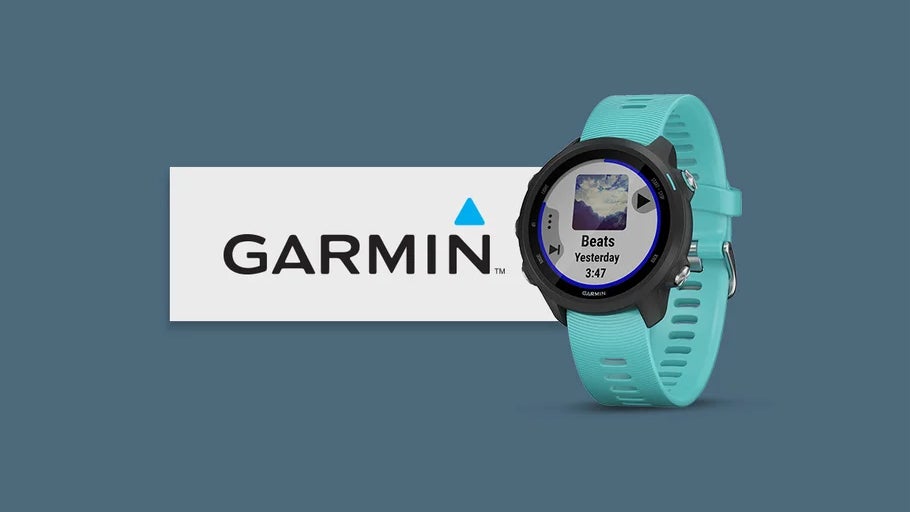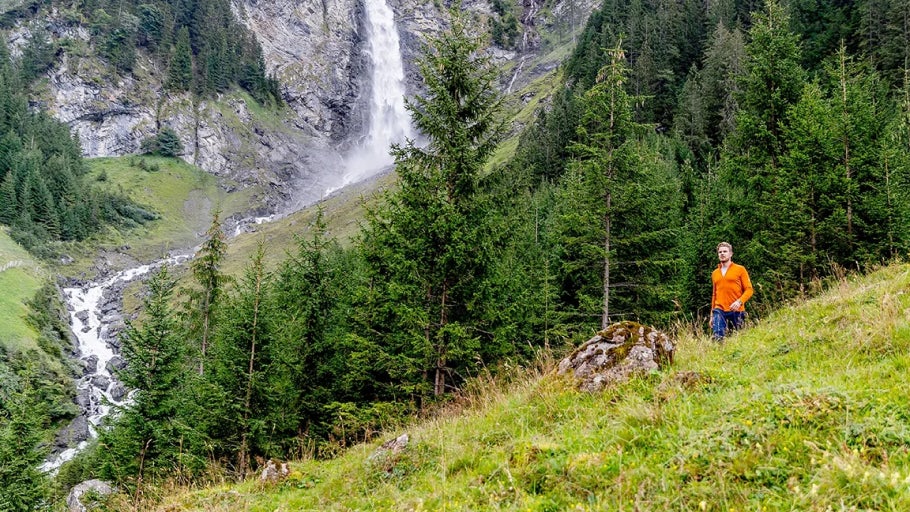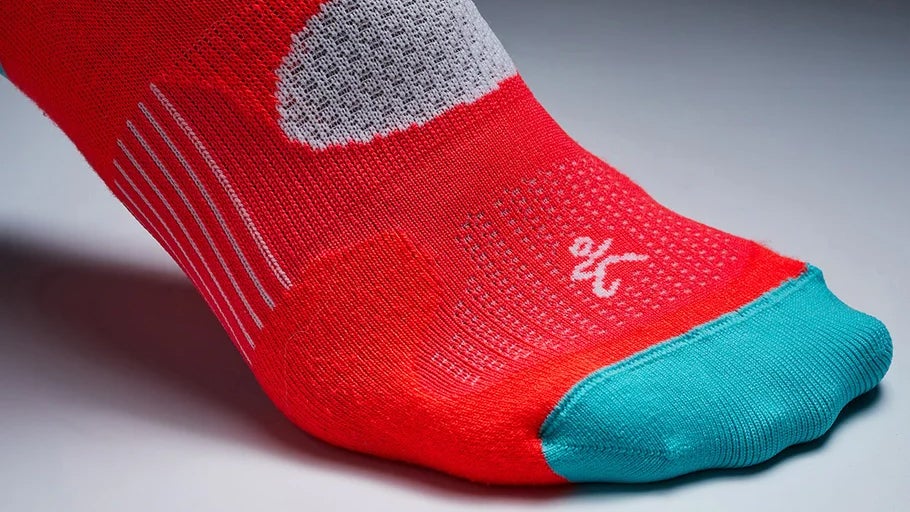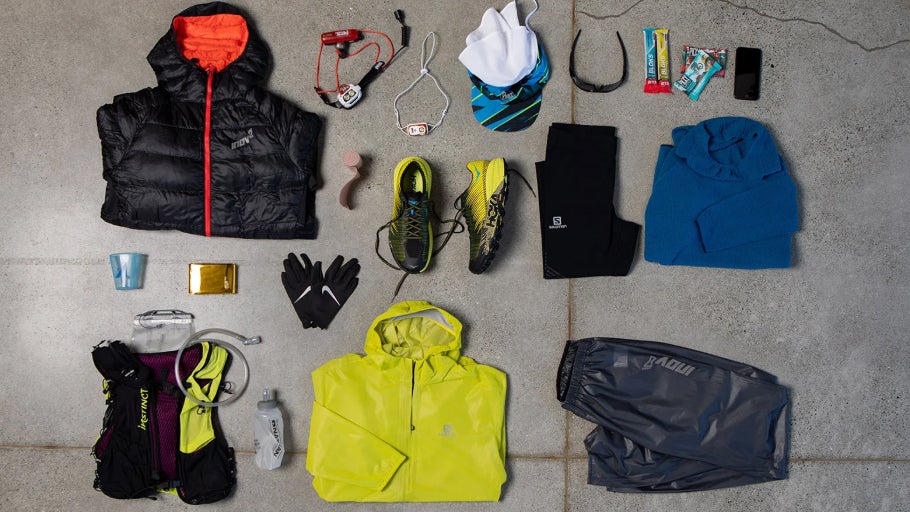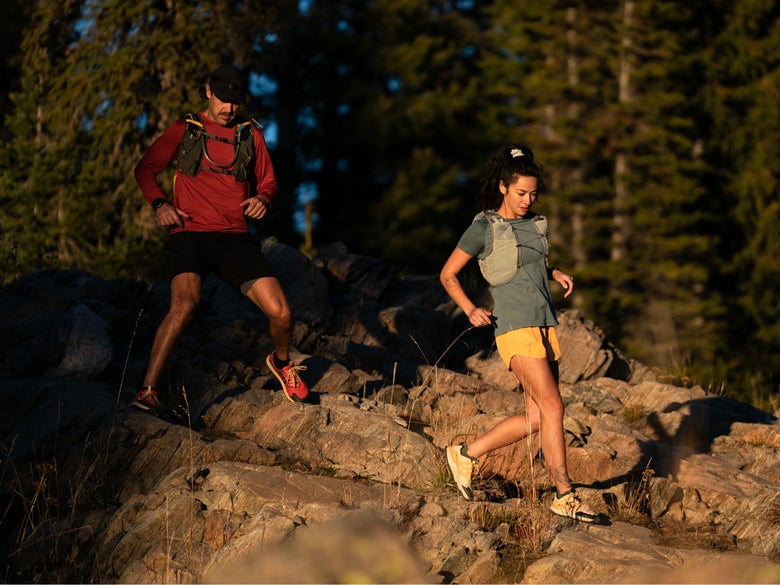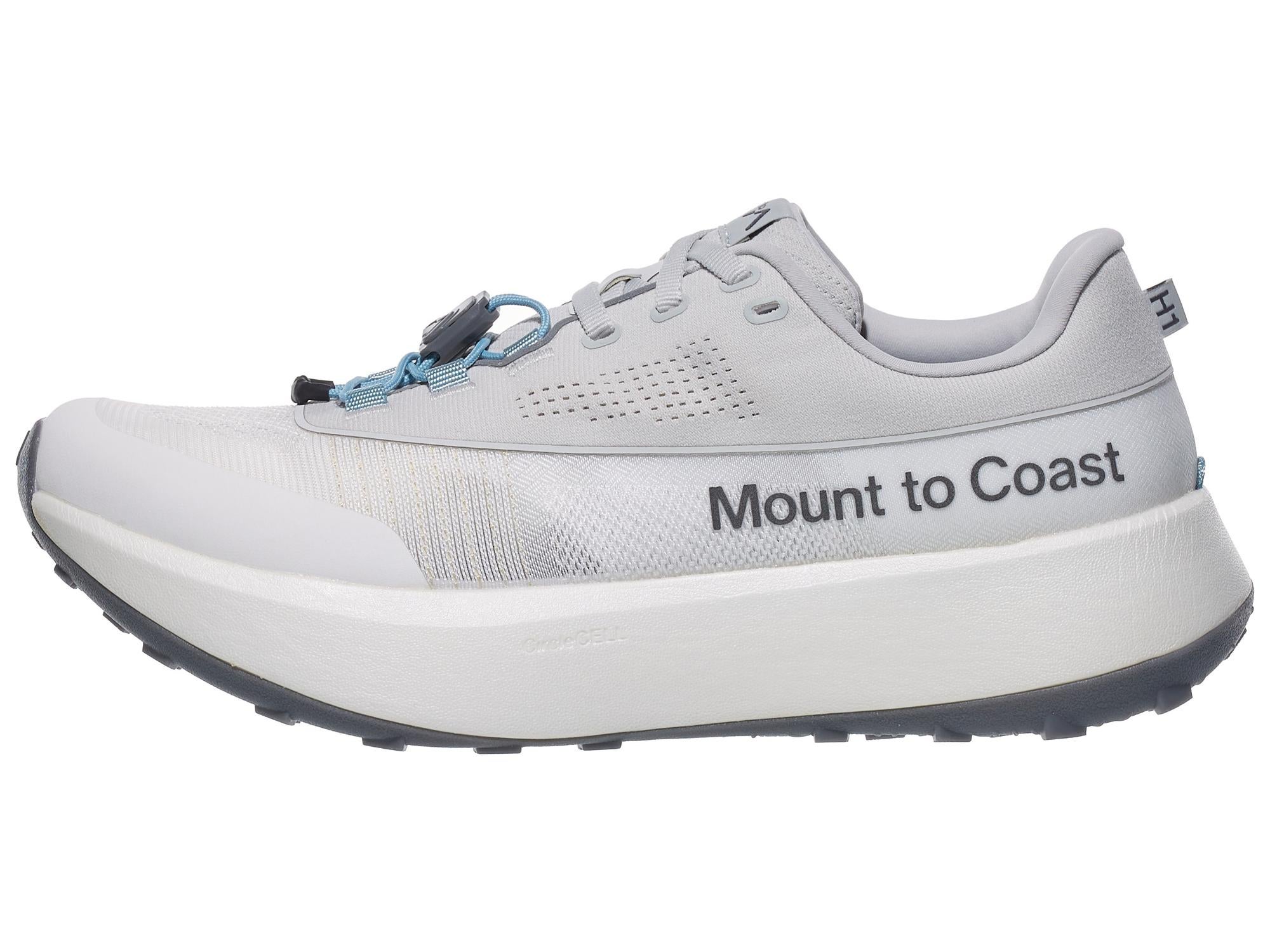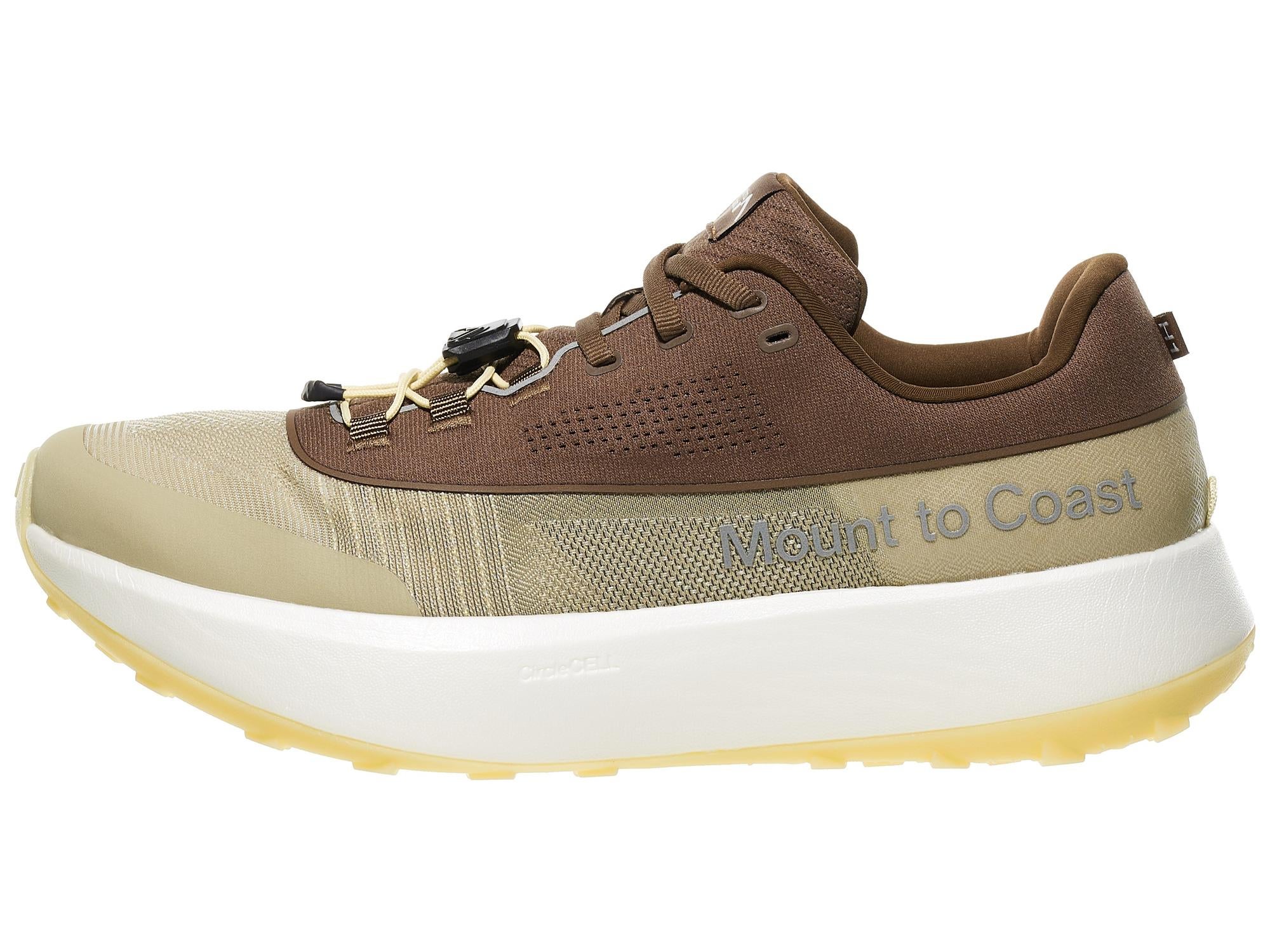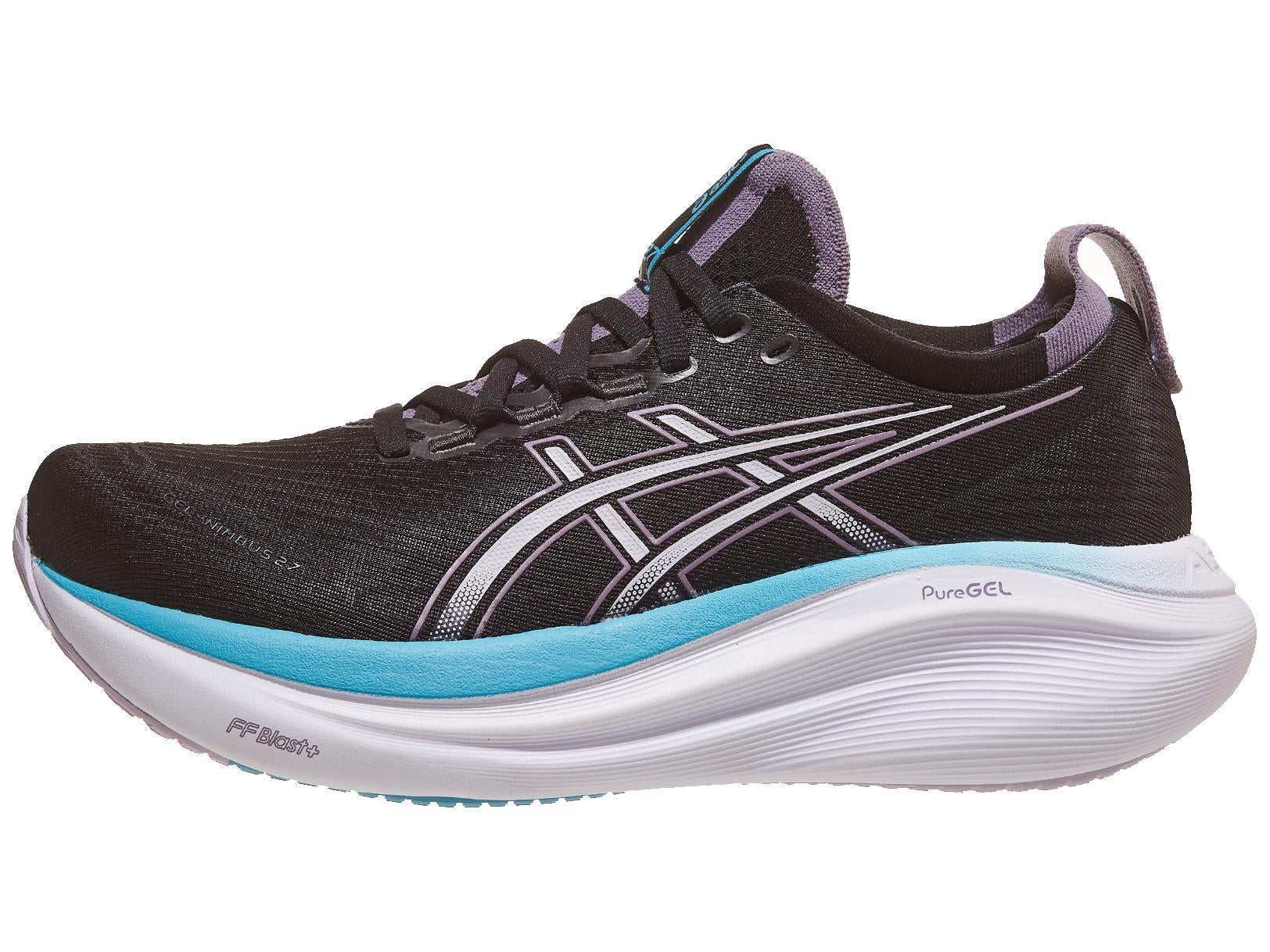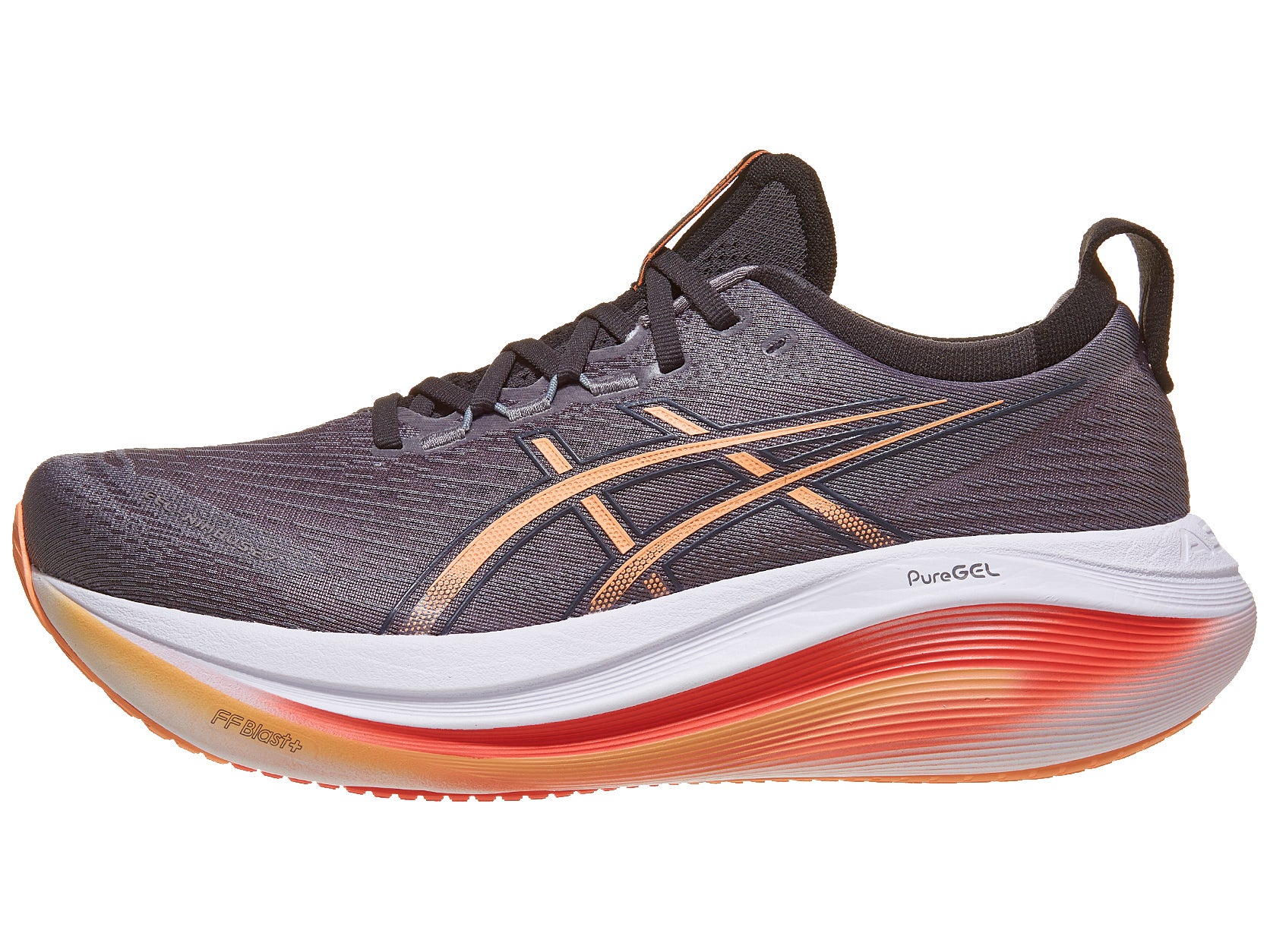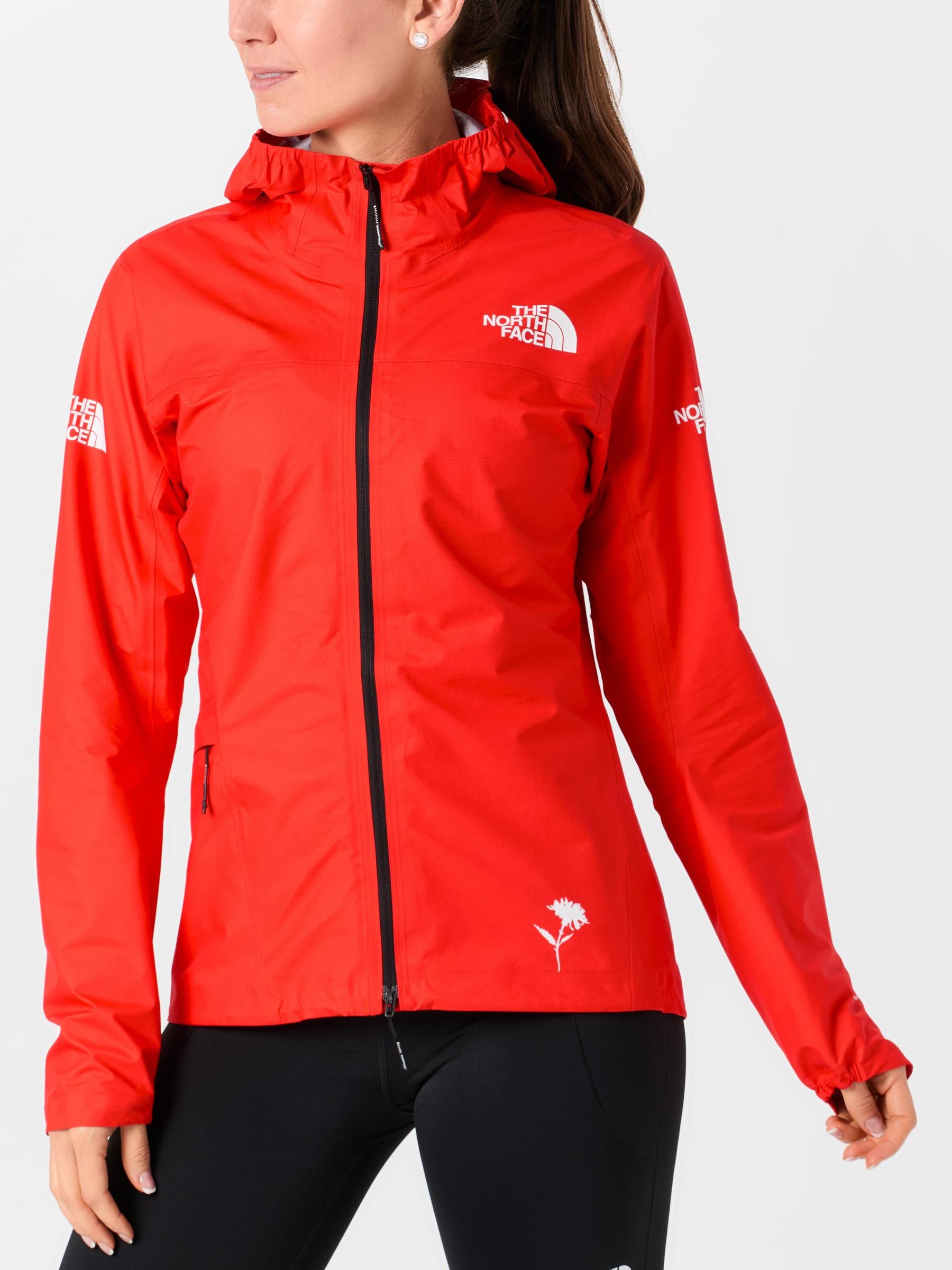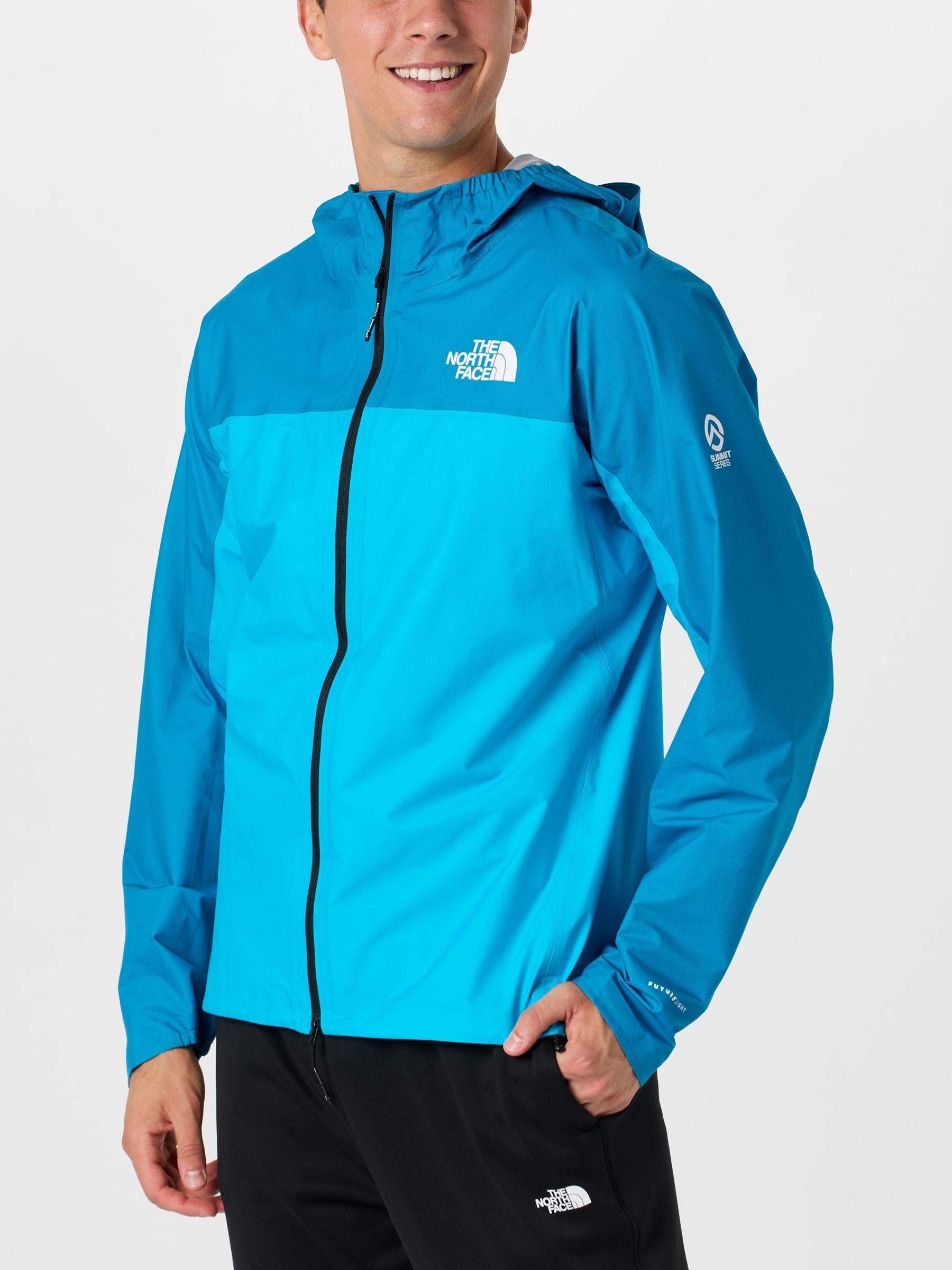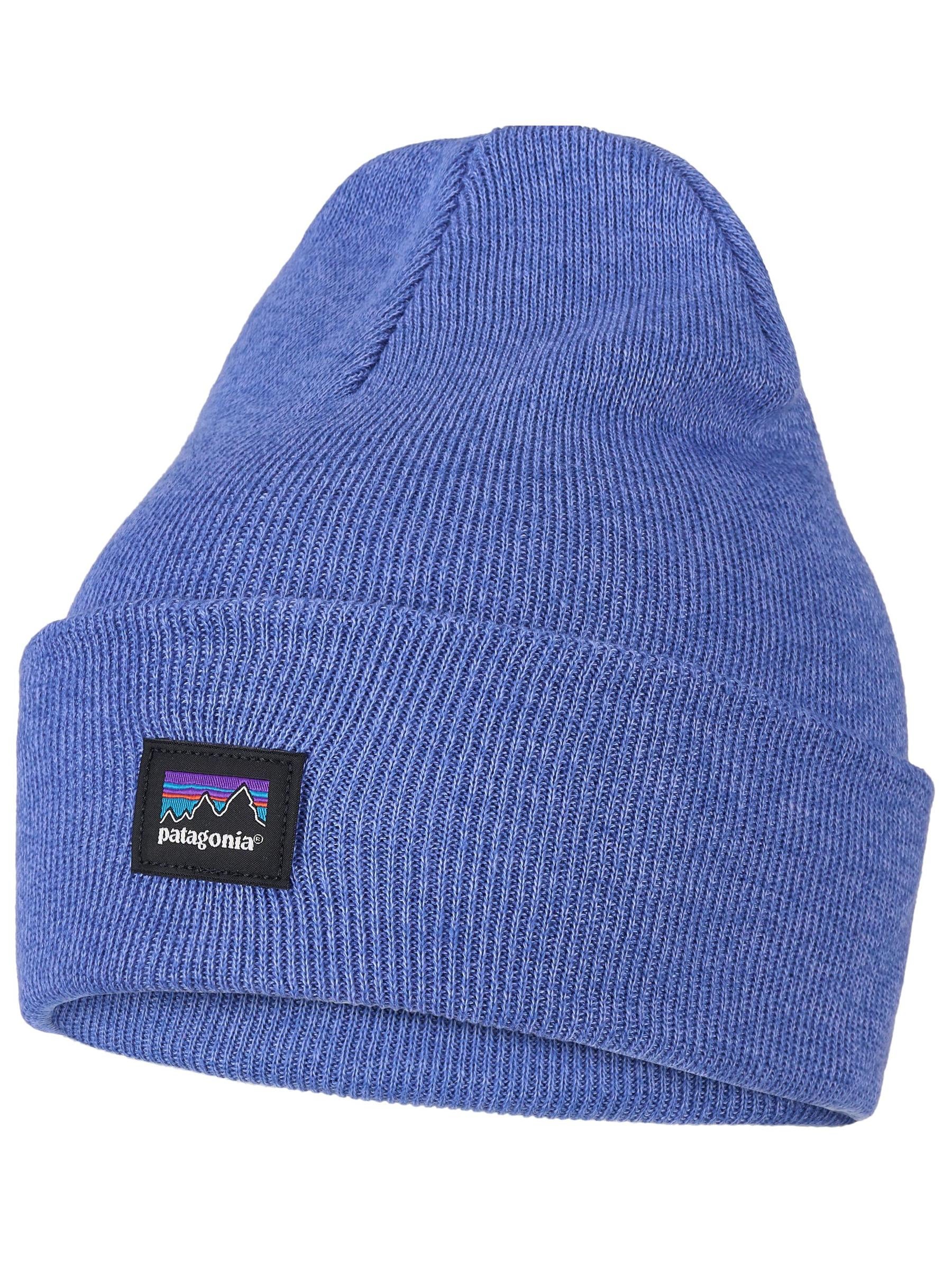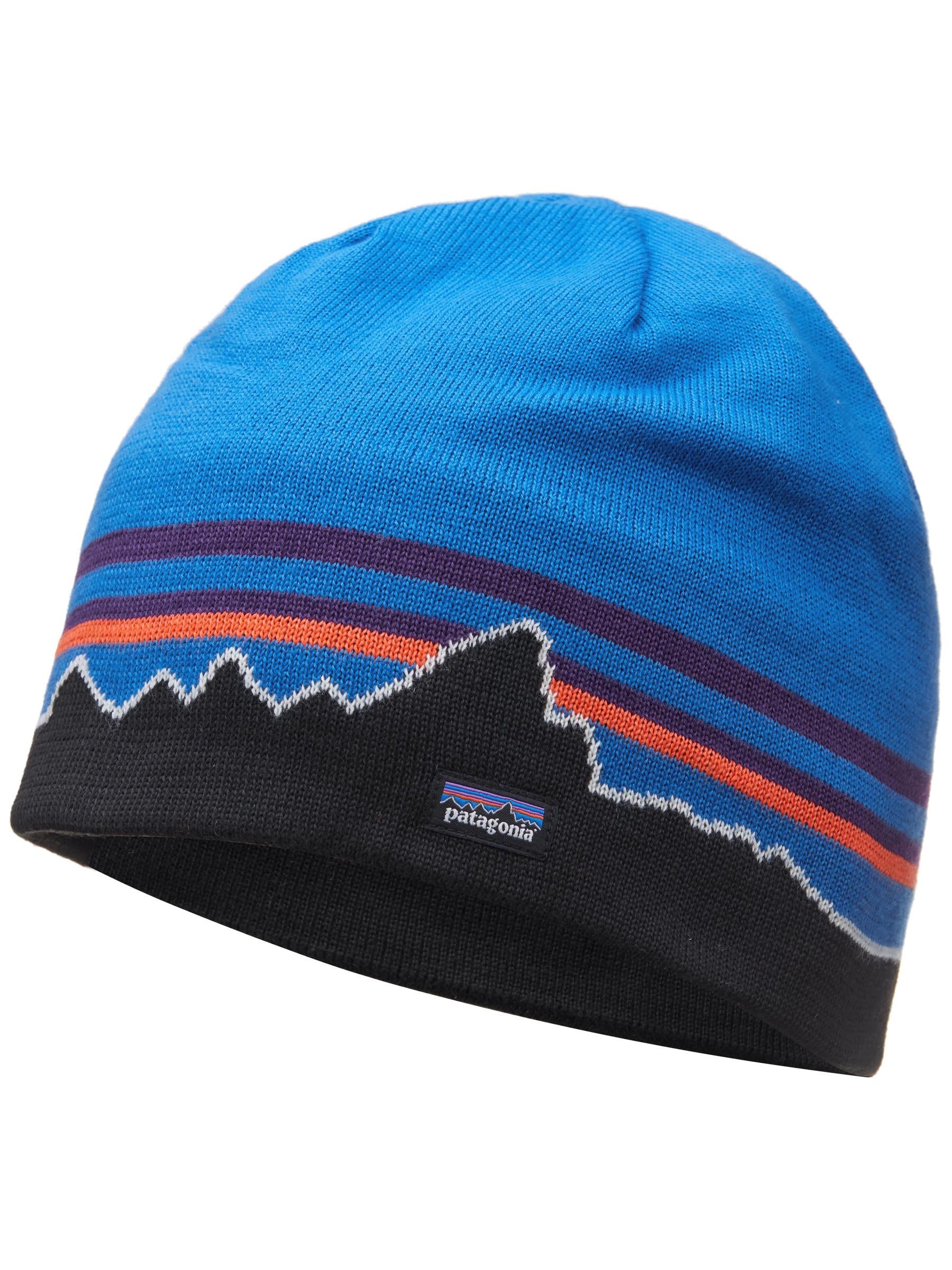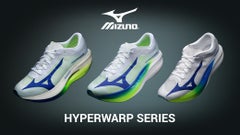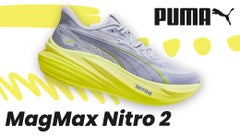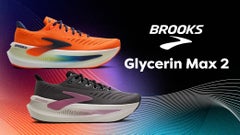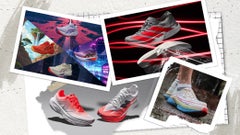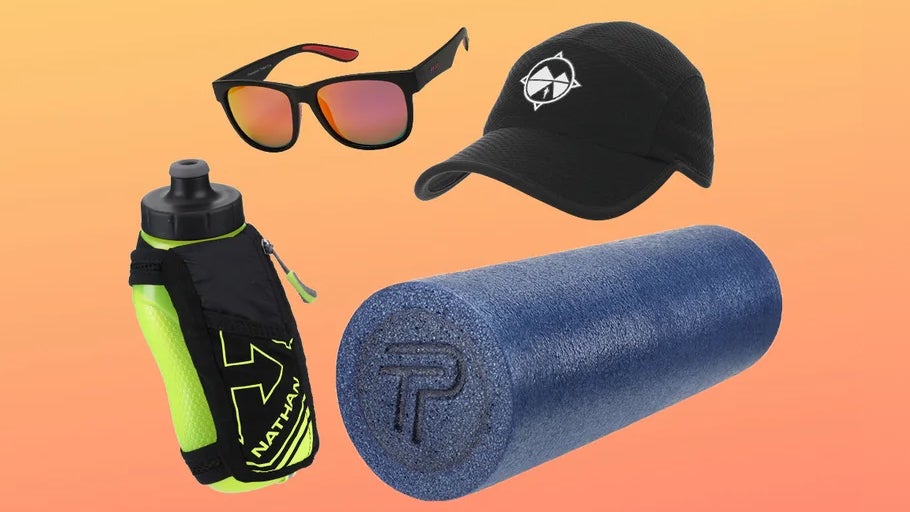
Running Warehouse's Guide to Sustainable Running Gear
As runners, whether we're hitting the road or the trails, nature is our playground. Here at Running Warehouse, we believe everyone has a part to play in protecting this playground, and creating a more sustainable future so that future generations can run, hike, and thrive just like we can.
From minimizing negative impacts on our environment, to responsible management of natural resources, to the health benefits of limiting exposure to harmful chemicals, choosing eco-friendly products can be a win-win for us all.
Read on to learn about how Running Warehouse highlights sustainable products and what our brands are doing to create more eco-friendly running shoes, clothing, and accessories.
How We Identify Eco-friendly Products
We highlight the sustainable products on our site by featuring a green leaf icon next to clothing made from at least 75% recycled or renewable materials and footwear constructed from at least 25% recycled or renewable resources. Click the link above to check out our selection of sustainable styles with our eco-friendly men's and women's gear.
We applaud the brands in our running community making a positive impact by implementing sustainable practices and cheering on those with lofty goals for the future. We hope to include more brands as they take steps toward achieving their sustainability objectives.
Eco-Friendly Steps Brands Are Taking
But what does it mean for a brand to be eco-conscious, or environmentally friendly? There are many different things that running shoe, gear, or accessory brands can do to decrease their carbon footprint. Some of the strategies that Running Warehouse brands take part in include...
• Using recycled materials, like polyester, in running apparel, shoes, and accessories. Ciele's headwear, for example, is made from sustainable polyester recycled from plastic bottles certified by REPRIEVE, helping to keep plastic bottles out of oceans and landfills and reducing carbon emissions.
• Utilizing renewable materials such as wool, Tencel, and creating midsoles out of bio-based materials. For a couple of examples: Hylo incorporates sugar cane and corn fibers in their footwear, while On uses plant-derived castor beans.
• Implementing eco-friendly manufacturing such as carbon neutral credits that Brooks has applied to their popular Ghost shoes. Brands like ASICS use environmentally friendly fabric dyeing solutions to reduce water usage and renewable energy to reduce CO₂ emissions in the supply chain. On has been employing innovative eco-friendly technology to upcycle carbon emissions in the material construction of their footwear and apparel, moving away from the reliance on fossil fuels.
• Eliminating the use of PFAS, a.k.a perfluorinated chemicals, a.k.a. forever chemicals, in textiles. Patagonia, a brand devoted to the planet and a pioneer in the field of sustainability, has implemented safer, PFA-free alternatives in the fabrics and coatings of its water-resistant jackets and gear. The North Face is transitioning to using non-PFC (polyfluorinated chemical) Durable Water-Repellant finishes in their waterproof and windproof products. GORE-TEX has also implemented changes to provide safer alternatives for their own waterproof apparel and footwear and created a new ePE membrane, free of (fluorinated) PFC chemicals that is safer for humans and the environment.
Eco-Friendly Products We Love
If you look through the Running Warehouse website, we carry a wide range of Men's and Women's products that are considered environmentally friendly. From shoes to accessories to gear, we strive to highlight the products that are built with an extra emphasis on sustainability.
But since you're here, lets pull a couple things "off the shelves," to highlight some great examples of sustainable practices in action.
Mount to Coast H1
With comfort that lasts for hours, the Mount to Coast H1 is one of Running Warehouse's new favorite road-to-trail daily trainers. With a stylish design and the cushioning needed for high mileage days, the shoe is a great choice for most any occasion, but it's Mount to Coast's emphasis on stability that really warrants some extra attention here.
The H1 is built around Mount to Coast's new CircleCell Nitrogen-infused supercritical foam made entirely from renewable feedstock, including recycled organic waste, to deliver elite energy return and durability that can compete with other PEBA superfoams while simultaneously minimizing environmental impact.
ASICS Gel Nimbus 27
Not only is the ASICS Gel Nimbus 27 a great, springy daily trainer, but it does a stellar job of showing off how sustainability can go hand in hand with quality.
In the Gel Nimbus 27, as well as in numerous other ASICS shoes like the MEGABLAST, at least 50% of the shoe's main upper material is made with recycled content to reduce waste and carbon emissions. The sockliner is produced with the solution dyeing process that reduces water usage by approximately 33% and carbon emissions by approximately 45% compared to the conventional dyeing technology, and ASICS uses bio-based materials in the creation of its FLYTEFOAM BLAST PLUS ECO foams which offer a light weight and plush underfoot experiences with 24% bio-based renewable content.
The North Face Summit Superior FutureLight Jacket
By committing to the use of recycled synthetic materials and bio-based materials, the North Face is maneuvering its product lines to be more and more environmentally sustainable each year. In Fall of 2023, more than 85% of the company's polyester and 75% of their nylon apparel were made with recycled content, and the North Face uses a Non-PFC, Durable Water Repellant finish on their rain jackets. AKA- they do not use perfluorinated chemicals to repel water, as those previously industry-standard chemicals had posed various human and environmental dangers.
The North Face is also aiming to have their footwear and equipment lines to be entirely recycled, responsibly sourced, or regeneratively grown by 2030.
Patagonia Everyday Beanie
Beanies are great, but as a whole- Patagonia is leading the eco-friendly charge with their entire lineup, and their leadership in eco-conscious practices. From their use of recycled materials to supply chain transparency, they're a company that wears their hearts and their consciences on their sleeves.
The beanies included here are made from combinations of post-industrial recycled cotton, recycled polyester, and recycled polyester yarn. They're good examples of Patagonia's commitment to our Earth, but you can't go wrong with supporting any of Patagonia's shirts, accessories, or other gear either.
Shop Smarter
It's great that we're seeing see the majority of today's brands emphasizing sustainability and trying to reduce their environmental impacts. As you're shopping, keeping an eye open for recycled materials, or seals of approval from unattached oversight committees such as bluesign, the Forest Stewardship Council, or the Sustainable Apparel Coalition. These markers can give you confidence that your favorite shoes and running gear represent a conscious commitment to keeping our outdoors, and our favorite trails, safe.


